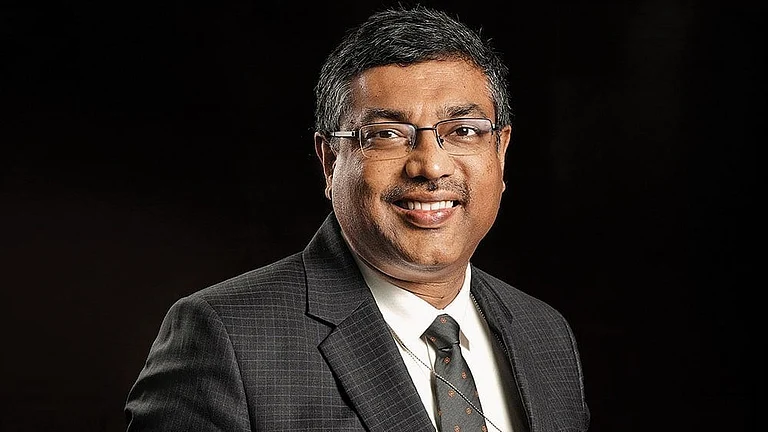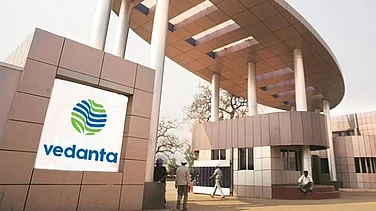With the India semiconductor mission backing five facilities under Tata, Micron, and others supported by nearly 75% taxpayer funding, MeitY secretary Shri Krishnan acknowledged that even at peak production, the country's output will cover only a small fraction of its projected $100 billion domestic demand by 2030.
Speaking at the Nanoelectronics 2025 Summit gathering, he emphasised the importance of research, design, and manufacturing to establish India as a key player in the global semiconductor ecosystem.
“We are not a very rich country yet, and there are limits to what we can afford. But what we can afford, we must attempt,” Krishnan said, addressing concerns over India's focus on 28nm and 40nm chip manufacturing while global leaders push towards 2nm and beyond.
He stressed that India must first build a solid foundation before advancing to semiconductor technology.
He also called for continued investment, stressing that semiconductor manufacturing at scale has been attempted since 1962 but has never succeeded. “It will be historic when the first chip comes out of Micron’s facility later this year,” he noted.
Highlighting the country’s strength in this ecosystem, where 20% of the global workforce is based in India, Krishnan pointed out a crucial gap “We don’t have one person who has actually worked on a factory.”
To address this, MeitY is working with IIT Guwahati to develop talent for Tata’s upcoming fab in Assam. He also emphasized the need to improve the design-linked incentive (DLI) scheme, allowing startups and larger companies to build semiconductor intellectual property (IP) within India.
Despite the challenges, he expressed confidence in India’s long-term semiconductor vision, urging all stakeholders to stay committed.
“We’ve built critical momentum, and we must push forward. The belief in this mission is what will propel us into the next 20-year cycle,” he concluded.































